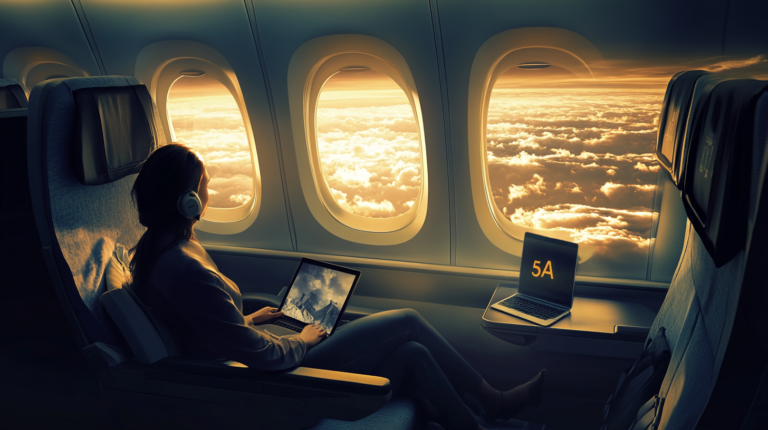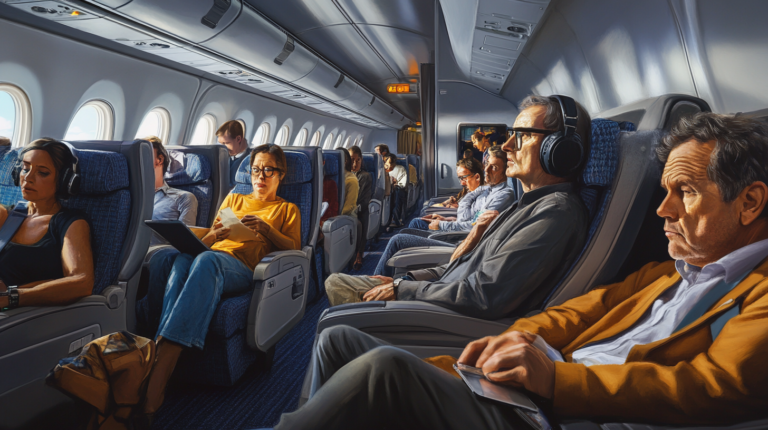The Rise of Premium Economy: Balancing Comfort and Affordability in Air Travel
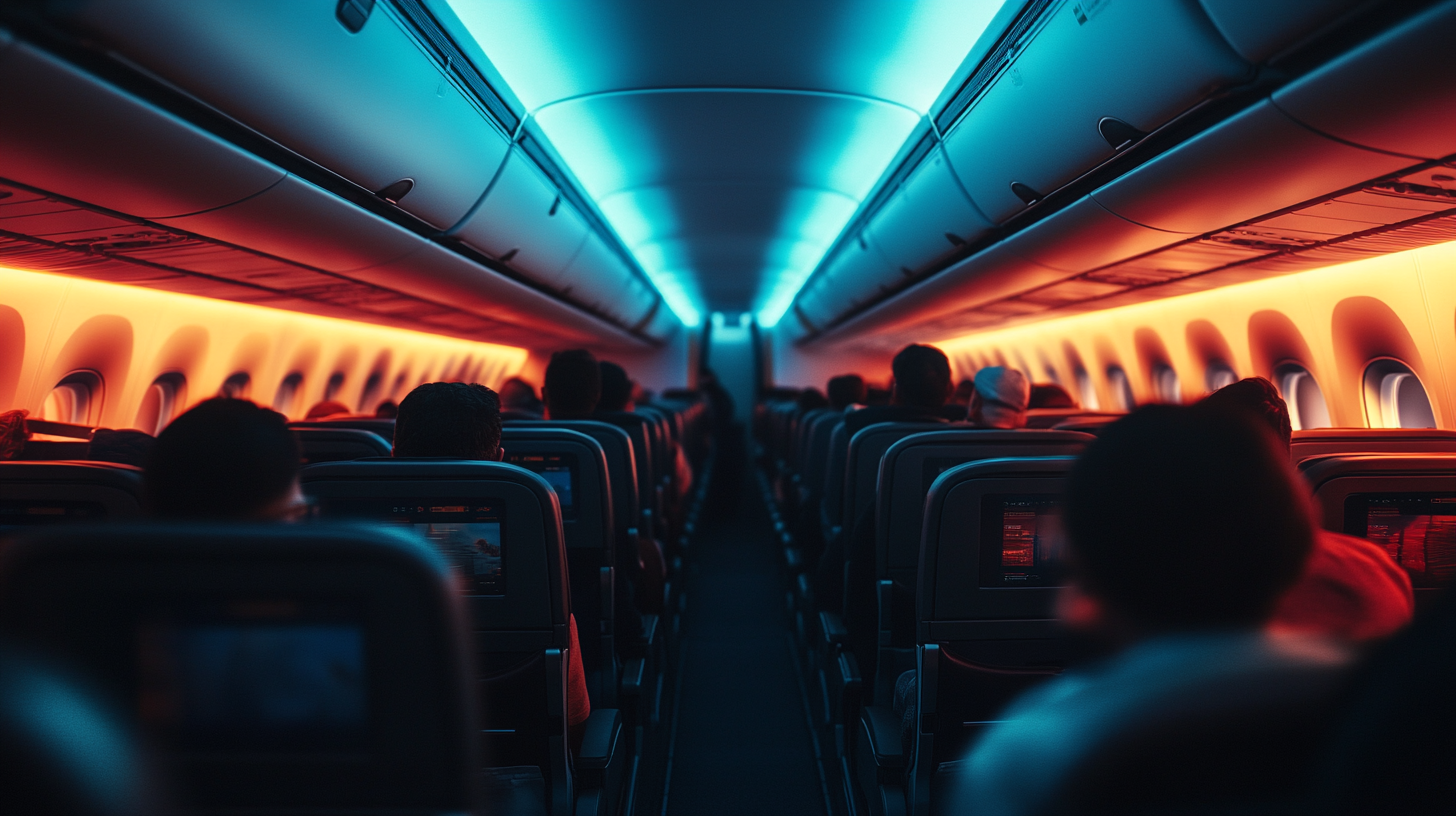
In the ever-evolving landscape of air travel, a significant shift is taking place. As globalization increases and more people take to the skies, travelers are increasingly seeking a middle ground between the cramped confines of economy class and the high costs of business class. Enter premium economy—a class that offers enhanced comfort and amenities without breaking the bank. This emerging trend is reshaping the airline industry, catering to modern travelers’ expectations for a more enjoyable flight experience. With long-haul flights becoming more common, the need for affordable comfort has never been greater. Airlines are responding by redefining cabin classes and introducing innovative services to meet these demands. This shift is detailed in The Evolution of Airline Cabin Classes , illustrating how airlines are adapting to changing passenger needs.
Growing Demand for Enhanced Comfort
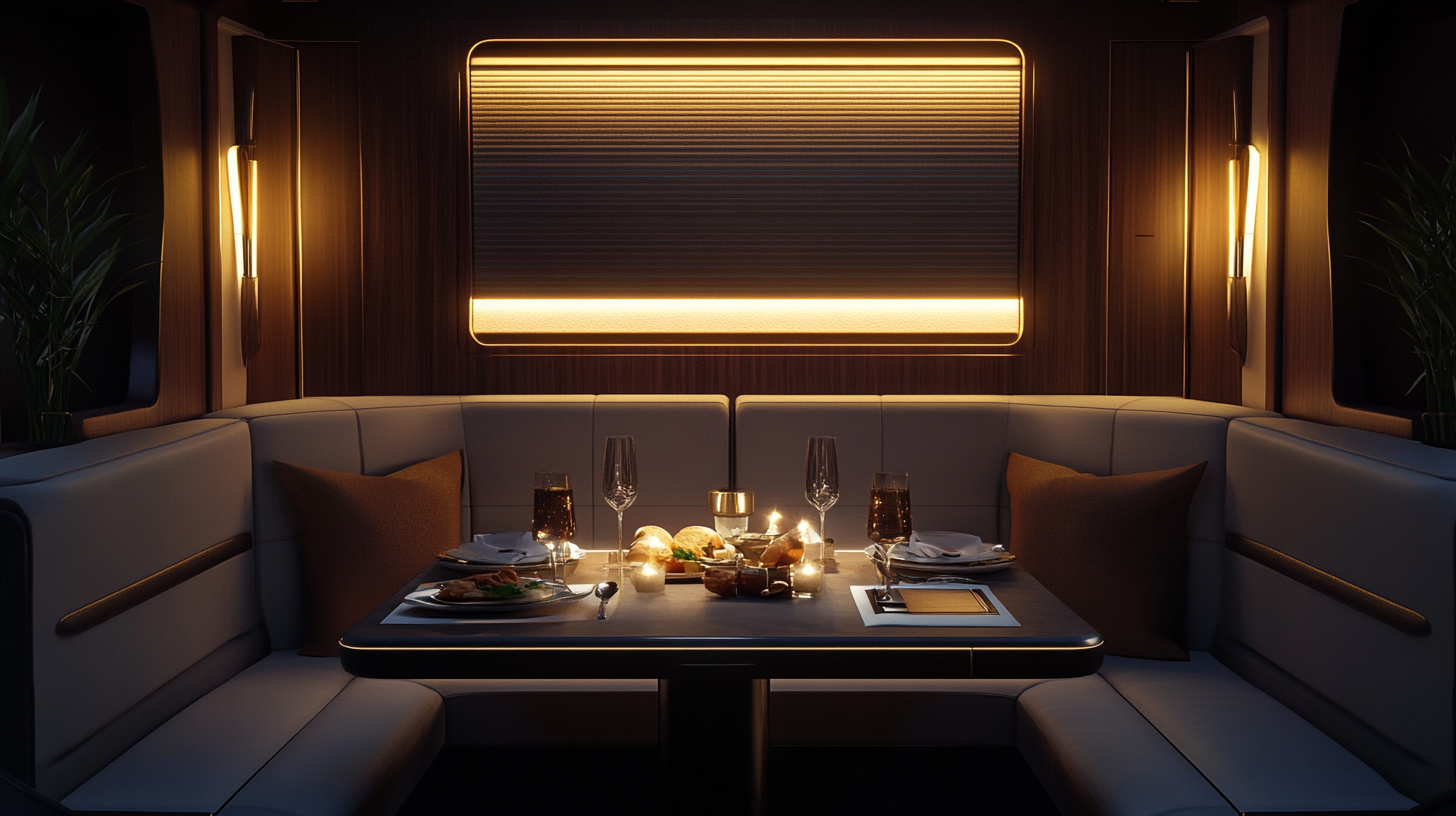
Recent trends indicate that approximately 30% of travelers are willing to pay extra for improved services such as additional legroom, wider seats, and upgraded meals. This shift is not just a fleeting preference but a significant change in consumer behavior. The fatigue associated with long-haul flights and the desire for a pleasant journey have pushed comfort to the forefront of passenger priorities. As travel becomes more accessible, passengers are no longer satisfied with the bare minimum. They are seeking value for money, where comfort and affordability meet. This shift reflects a growing demand for better amenities and an enhanced travel experience, especially on long-haul flights. Passengers are prioritizing comfort and are willing to invest in options that offer more space and attentive service. The trend underscores a broader movement towards Personalized Travel Experiences in Modern Aviation , where airlines tailor their services to meet individual needs.
The Airlines Respond
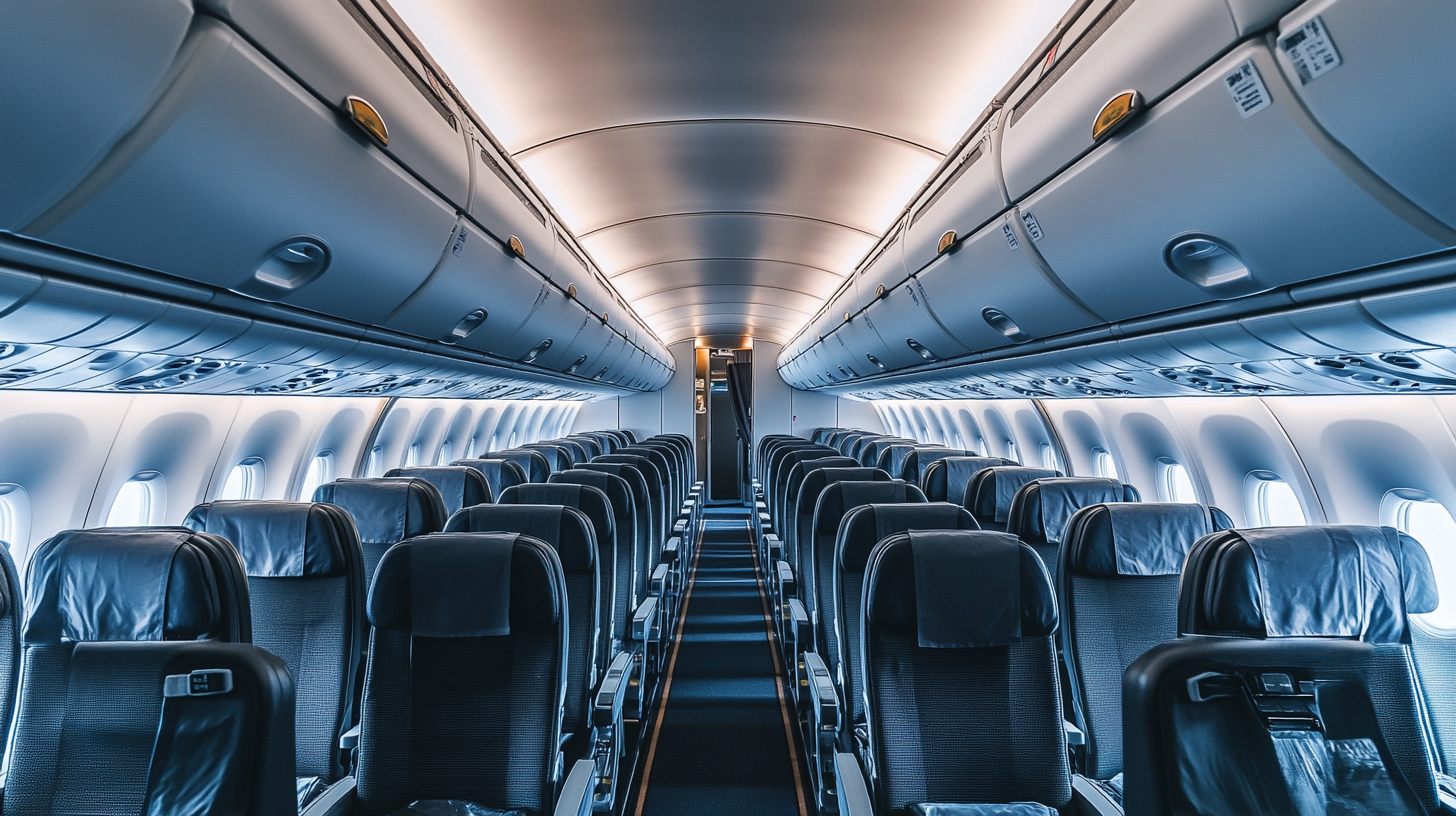
Airlines are keenly aware of this changing landscape and are adapting accordingly. Major carriers like Delta and United are expanding their premium economy offerings, recognizing the revenue potential and customer satisfaction that come with meeting these evolving preferences. These airlines are redesigning their fleets, introducing new cabin layouts that allocate more space to premium economy. Even some low-cost airlines are entering the fray, investing in modernizing aircraft to provide enhanced seating options that balance cost and luxury. By analyzing customer feedback and market trends, airlines are making strategic decisions to retain and attract passengers. This proactive approach is detailed in Airline Strategies for Enhancing Passenger Experience , highlighting how carriers are innovating to stay competitive in a crowded market.
Features of Premium Economy
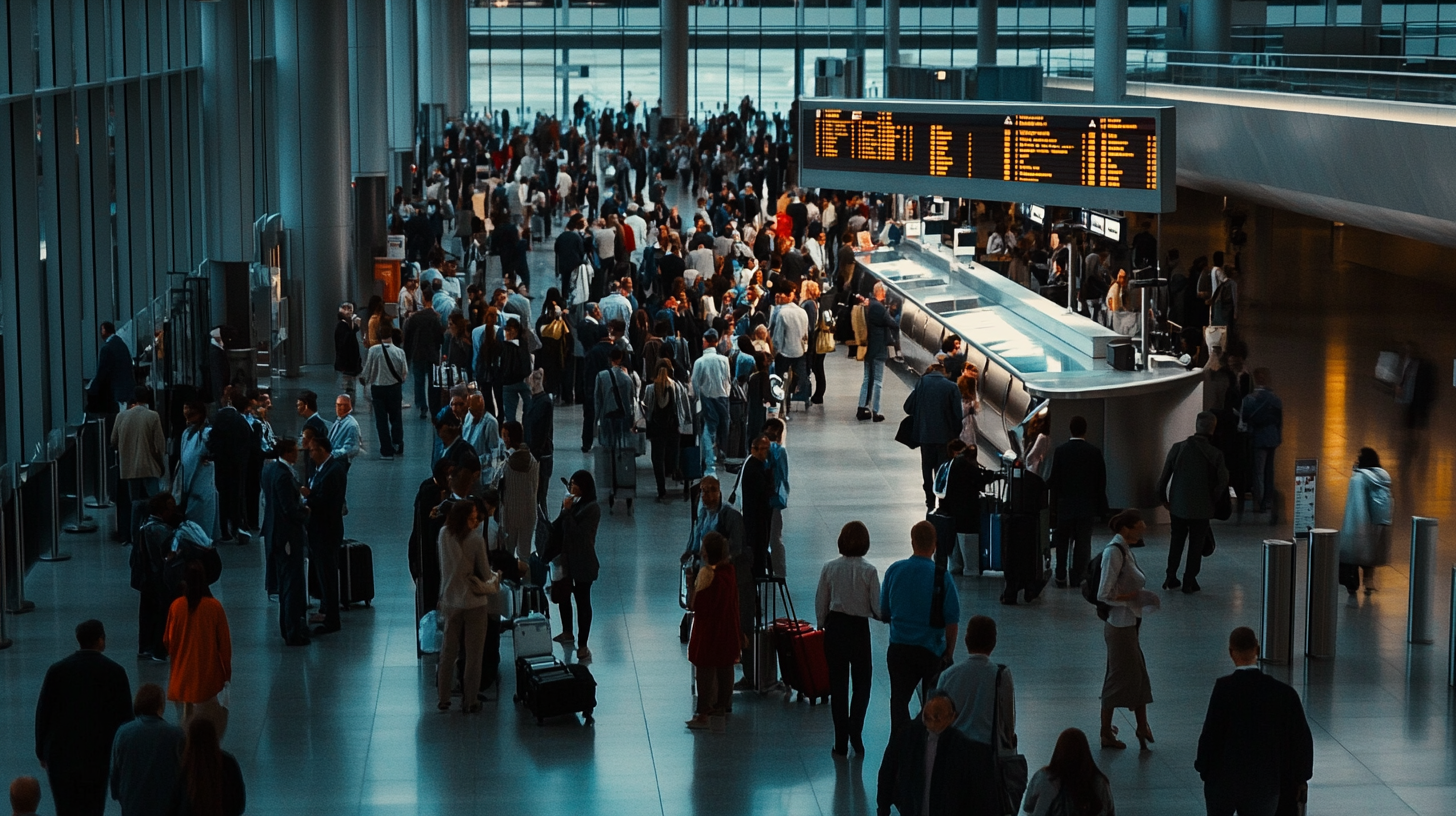
Premium economy bridges the gap between economy and business classes by offering a range of perks that elevate the travel experience without the hefty price tag. The features of premium economy are thoughtfully designed to cater to the needs of today’s travelers:
- Roomier Seats: Wider seats with more legroom and better recline provide enhanced comfort. This extra space can make a significant difference on long flights, reducing fatigue and discomfort.
- Enhanced Service: Improved inflight service with upgraded meal options and attentive staff. Passengers may enjoy meals inspired by regional cuisines or have access to complimentary beverages that are not available in economy class.
- Priority Amenities: Benefits like priority boarding, additional baggage allowance, and expedited check-in processes save valuable time and reduce stress at the airport.
- Better In-Flight Entertainment: Access to superior entertainment options, such as larger screens, noise-canceling headphones, and a wider selection of movies and music, enhances the travel experience.
These features cater to passengers seeking comfort without the significant cost of business class, making premium economy an attractive option for both leisure and business travelers. For example, a frequent traveler might choose premium economy to arrive at their destination feeling more rested and ready for the activities ahead. The thoughtful balance of cost and comfort is a key factor in the growing popularity of premium economy, as discussed in The Benefits of Upgrading to Premium Economy , which explores how these perks improve overall passenger satisfaction.
A Shift in Airline Cabin Configurations
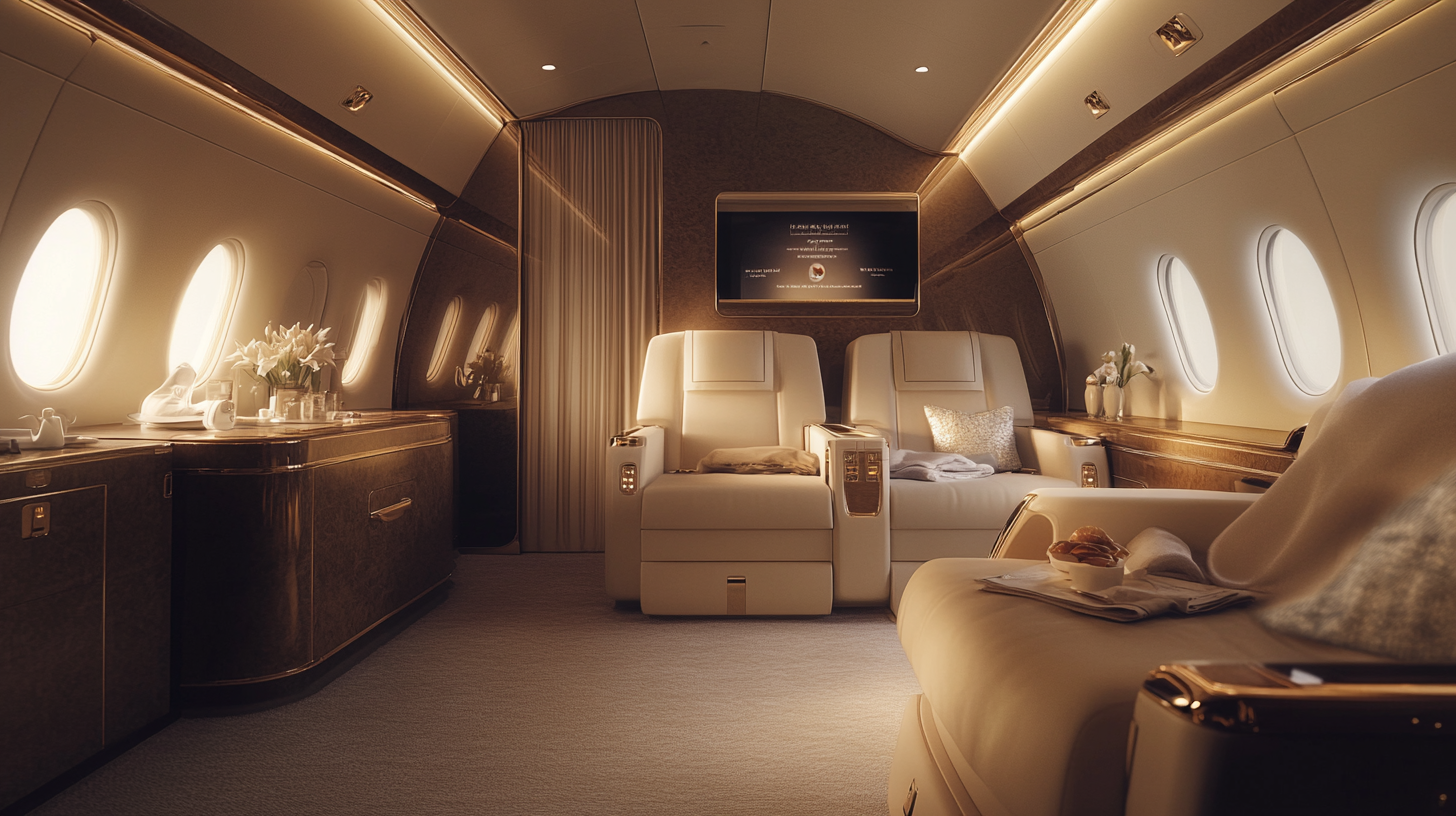
Over the past decade, U.S. airlines have significantly increased premium travel capacity, often at the expense of smaller economy sections. This surge is evident across major carriers, driven by growing demand for premium experiences and strategic airline adaptations. Airlines are reconfiguring aircraft to accommodate more premium economy seats, recognizing the higher revenue per seat this class offers. The interiors of commercial aircraft operated by full-service carriers have evolved, with premium economy emerging as a distinct class offering more space and amenities. This reconfiguration reflects a significant shift in how airlines perceive profitability and customer satisfaction. The trend is part of a broader movement detailed in The Changing Economics of Airline Seating , which examines how seat configurations impact airline revenues and passenger experiences.
Economic Implications for Airlines
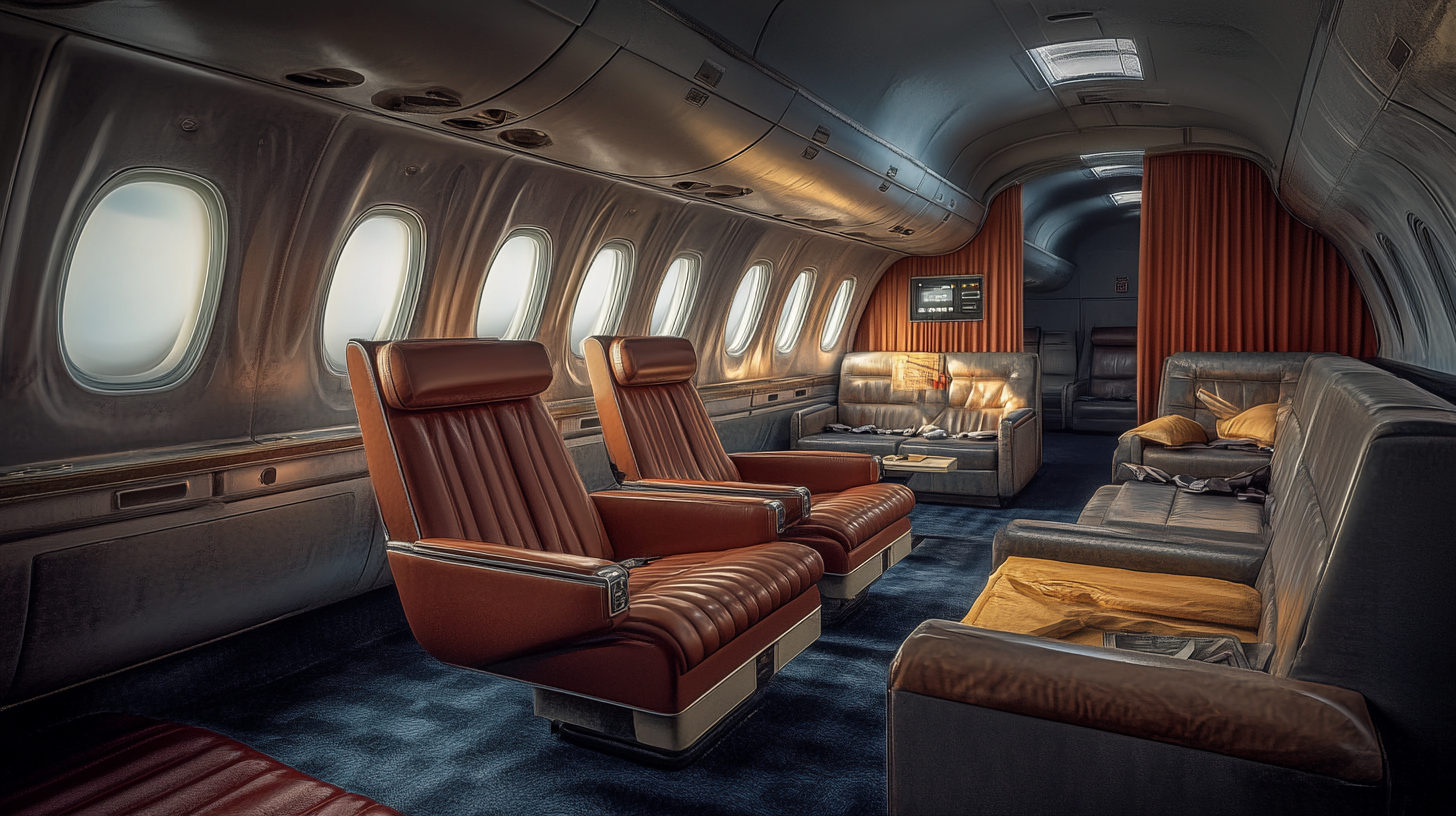
Premium economy has become a major revenue driver for airlines. They can charge up to 2.5 times the economy fares with marginally higher costs, attracting passengers looking for a more comfortable experience without the high price tag of business class. For airlines, the operating costs of premium economy are only slightly higher than economy, making it an efficient way to increase profitability. This class attracts budget-conscious business travelers who need to maintain travel expenses but still desire comfort, as well as leisure travelers seeking to enhance their vacation experience. The increased revenue from premium economy sales enhances airlines’ financial performance and fosters customer loyalty, as satisfied passengers are more likely to choose the same airline for future travels. This aspect is explored further in Maximizing Airline Revenue through Premium Economy , which analyzes how airlines leverage premium economy to strengthen their market position.
The Decline of First Class and the Rise of Premium Economy
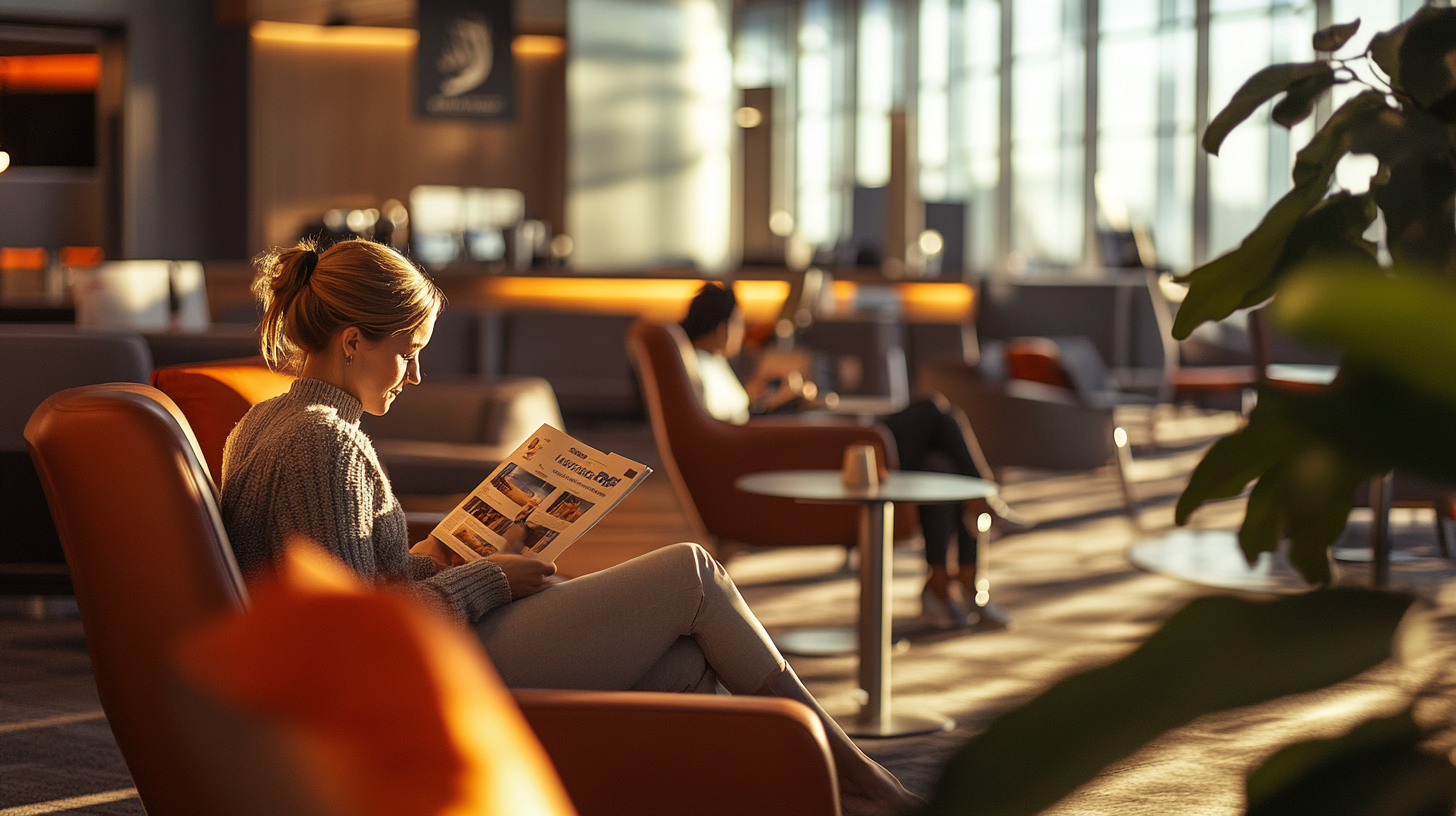
As the quality of business class has improved—with features like lie-flat seats, private suites, and personalized services—the appeal of first class has diminished, leading to its decline. The significant enhancements in business class offerings have blurred the lines between it and first class, causing passengers to question the value of paying a premium for first class. Airlines like Korean Air and Asiana are dropping first class due to reduced demand, reallocating space to premium economy and enhanced business class sections instead. Premium economy fills this void, offering its own cabin with better seats and services at a cost-effective price point. This shift benefits passengers by providing better value and comfort, meeting the needs of those who found the price gap between economy and business class too great. The evolution of cabin classes is detailed in The Transformation of Airline Class Structures , highlighting how passenger preferences drive changes in airline offerings.
Historical Context and Evolution
The concept of premium economy has been around for over 30 years. It emerged in 1991 when EVA Air introduced it as an intermediate class between economy and business, recognizing a market segment that was underserved. This innovation addressed the needs of travelers who wanted more comfort than economy class but could not justify the expense of business class. Since then, many airlines have adopted this model to attract travelers desiring more space and comfort without the high cost of business class. Over the years, premium economy has evolved, with airlines continuously innovating to enhance seating, service, and airport experiences. From more ergonomic seat designs to exclusive lounge access, airlines are adding features that differentiate premium economy from other classes. The evolution of this class is chronicled in A History of Premium Economy Class Development , which outlines the milestones and innovations that have shaped its growth.
Health and Comfort Considerations
The term “economy class syndrome” refers to deep vein thrombosis—a serious condition resulting from immobility in cramped flight conditions, especially during long-haul flights. Premium economy offers more space and comfort, addressing these health concerns by providing passengers with enough room to move and stretch. The wider seats and increased legroom reduce the risk of circulation problems and contribute to overall well-being during the flight. Critics warn of decreasing satisfaction in basic economy, urging passengers to choose comfort to avoid health risks. Medical professionals often recommend that passengers move around during flights and perform in-seat exercises, which is more feasible in a roomier cabin. The availability of premium economy provides a valuable option for health-conscious travelers who are aware of these risks. For more on the health benefits of choosing premium economy, see In-Flight Health and Comfort in Premium Economy , which discusses how enhanced seating can contribute to a safer and more pleasant journey.
The Future of Air Travel
Air travel is rapidly evolving to meet the modern traveler’s needs. Enhanced seating options reflect a balance between cost and luxury, catering to increased consumer expectations. Airlines are investing in upgraded services and infrastructure, including the latest aircraft with advanced features, to attract discerning customers and stay competitive. Technological advancements, personalized services, and a focus on sustainability are also influencing the industry’s direction. As customer expectations for comfort, space, and service continue to shape offerings, the airline landscape will continue to transform. The future may see further innovations in cabin design and service delivery, as discussed in Emerging Trends in Air Travel Comfort , which explores potential developments that could redefine the passenger experience.
Final Thoughts
The rise of premium economy signifies a significant shift in the aviation industry, blending affordability with enhanced travel experiences. By offering a middle ground between economy and business classes, airlines are meeting the growing demand for comfort without excessive costs. This trend not only benefits passengers seeking a better flight experience but also enhances revenue streams for airlines. As competition intensifies, airlines that adapt to these changing preferences are more likely to succeed and gain customer loyalty.
Follow us back to Seat 5A for more insights and updates on the evolving world of air travel.



